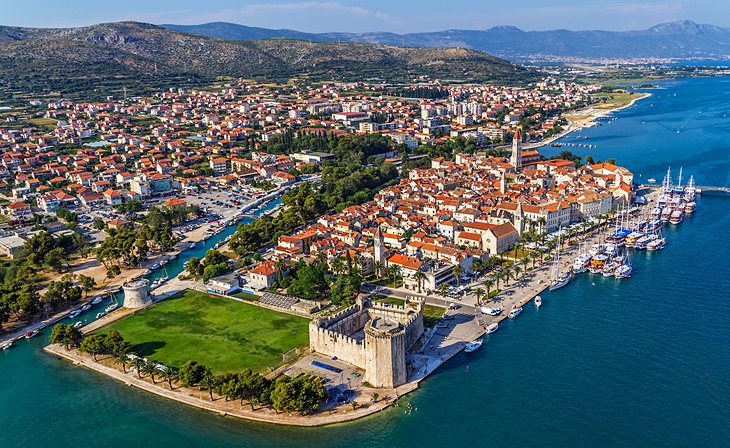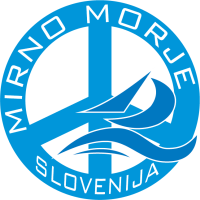Trogir - The Stone Beauty
Trogir - A UNESCO World Heritage Site, the Little Venice of Dalmatia or, as some call it, The Stone Beauty. The islet where Trogir is located lies in a narrow sea passage between the mainland and Čiovo.
The islet itself is just 500 m long and 250 m wide. The highest point is the tower of Saint Lawrence Cathedral at just 47m. It is in close vicinity with the airport and city of Split, and its cultural heritage combined with nautical its importance has made Trogir a well visited destination.

The origin of the name Trogir dates back to the 2nd century BC. All variations of the names are related to different legends of the founding of the city. There is one saying the antique name Tragurion is the name for older Illyrian village meaning three stones in Albanian, and this is based on a local story that Trogir was built on a foundation of three stones. Another name explanation comes from the Greek words Tragos meaning goat and Oros meaning hill. The literal meaning was 'goat hill' and was related to nearby Kozjak mountain, but it also can be explained by Trogir being mostly a goat-herding area. During the first century BC Trogir got its Roman name Tragurium, and with the arrival of Slavic nations in the seventh century, it was changed to Trogir.
The porch or loggia in the main Trogir square got its recognisable form in Renaissance times. Loggia was used as a public property, as a hideaway and a court room. Over time, it has also been used as a place for different negotiations and as a sales location. Finally that was the place where the duke would speak to the people. It served a purpose as temporal custody for petty criminals. Interestingly enough, women were forbidden from entering the loggia. The central part was occupied by a lion symbolising St Marco, who is the patron of Venice. During the Second World War this lion and all the lions found in Trogir city centre were removed as fascist Italy said wherever you find a lion there is Italy – locals stood against this and removed all the Venice symbols. The southern part of the loggia has the Ivan Mestrovic relief which shows the duke Peter Berislavic. There are numerous emblems of noble families from Trogir.
Another interesting fact is that Athere were up to 50 old wells in Trogir. They were used as sources of water for the local residents. The drinking water was taken from underground sources connected to Pantan river sources. One of the remaining wells is kept in front of the city hall. Most of the preserved wells have different ornaments and emblems of different noble families.
Trogir, thanks to its long lasting urban heritage, was also the town which had first pharmacy in the Europe. The pharmacy was opened on October 29. 1271. close to the main city square. The proof for this is the original owner’s document, now kept in the Trogir city museum. The first pharmacists were from Italy and in the sixteenth century, and the pharmacy was owned by Mr Seymour, the younger brother of Jane Seymour (one of the wives of Henry VIII.). The pharmacy is not open anymore on the original location but Trogir pharmacies continue to uphold its legacy.

In the close vicinity of Trogir, there are numerous islets and islands worth exploring. As Trogir has a strong nautical base, it is no wonder Trogir is a well-visited sailing destination. One of the recently popular spots for sailing is definitely Krknjaši cove – better known as Blue lagoon. Located on the north-east side of Drvenik island between Krknjaš islets, the Blue Lagoon is located 7 nM from Trogir old town and presents the perfect getaway for swimming and snorkelling which can be reached by boat.
Source: Total Croatia News, Pinterest















